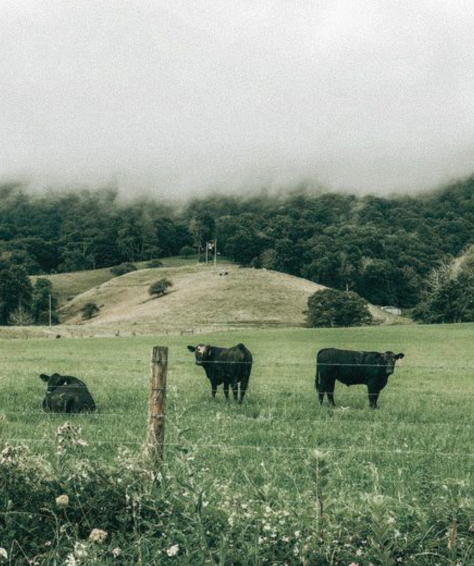Nose-to-Tail Explained
'A nose-to-tail carnivore diet has everything the human operating system needs in the most bioavailable form, and is free from plant antigens that promote autoimmunity and inflammation in many people.' - Dr. Paul Saladino
At APE we believe that a major reason there’s so much dis-ease in the world today is that as human beings we are no longer living in alignment with the natural world. Estimates predict that the earliest humans ‘homo habilis’ occupied the earth around 2.5 millions years ago. For the vast majority of this time we were hunter gatherers, with agriculture only starting to develop around 12,000 years ago. Our genes haven’t adapted to the modern day standard Western diet, full of processed meat, refined carbohydrates, sugar and hydrogenated oils. This is a key driving factor in why there’s so much metabolic disease in society today.
During our time as hunter gatherers we would have relied heavily on meat for survival, especially in colder climates where the ground freezes in the winter and little to no fruit or vegetables grow. A review of the diets of 229 hunter gatherer societies confirms this, showing that they ate around 70% animal food and 30% plant food. As a result, humans developed a larger small intestine and a smaller colon than monkeys, making us better suited to eat meat. Our genetic make also means that animal foods are a lot more bioavailable than plant foods to us. Bioavailability refers to the amount of a micronutrient that can actually be absorbed and utilised by the body. Taking iron as an example, animal foods such as beef liver contain heme iron, which has been shown to have a bioavailability of 15-40%. On the other hand, plant foods such as kale contain non-heme iron, which has been shown to have a bioavailability of 1-15%. Therefore not only are animal products higher in nutrients like iron (there’s 8.8mg of iron in beef liver compared to 0.9mg in kale), the iron is also easier for our bodies to utilise for key functions such as transporting oxygen.
Just like in the animal kingdom, our ancestors had an appreciation for parts of the animal, such as the organs and bones, which are often overlooked today. When you see a predator take down it’s pray in the wild, it will consume the organs first, as it knows these are the most nutrient dense part of the animal and therefore will prolong its chances of survival and optimise its function ready for the next hunt.
Eating the whole animal, nose to tail, was a way of life for our ancestors. They appreciated that animals gave their lives to ensure us as humans could survive and thrive so they left nothing go to waste. Also, because of their deep connection with the earth and their own bodies they knew just how nutrient dense organ meat, bones and other not so common animal products like colostrum and fish eggs are. Finally they believed that eating the organ of a healthy animal, would strengthen their own corresponding organ, thus enhancing their health and vitality. Interestingly, this last point is just now being validated by science. Research conducted at the University of Edinburgh has shown that when eaten, organs and glands selectively travel to the corresponding organs of the consumer in high concentrations. Fast forward to today and the immense powers of these animal products has been somewhat forgotten. What was once highly sought after is now rarely consumed and generally people no longer enjoy the taste.
That’s why we’ve created our nose-to-tail range… to help you easily reintroduce these key foods to human health and optimisation in a convenient way.
Heart
An excellent source of CoQ10, which is important for cardiovascular health. Abundant in vitamins A, B12, folate, iron, selenium, phosphorus and zinc. The number 1 food source of copper. Rich in the amino acids glycine and proline which are essential for connective tissue, joint and digestive health.
Liver
Considered the most nutrient rich organ, liver is an amazing source of vitamins A, B2, B3, B5, B6, B9 and B12. It’s also rich in the minerals iron, phosphorous, zinc, copper and selenium.
Kidney
One of the best known food sources of selenium which helps support immunity, blood flow, thyroid function, fertility and has powerful antioxidant properties. An excellent source of vitamins A, B2, B3, B5, B6, B9, B12 (518% the RDI) and minerals such as phosphorous, zinc, iron and copper.
Colostrum
Colostrum is the ‘first milk’ produced by cattle in the hours following their infants birth to develop the calfs immune system and trigger growth. Our colostrum is from UK grass-fed cattle and is ethically sourced from the surplus left after the calf has been fully nourished. We gently spray dry the milk into a powder, which is packed with nutrients, peptides and growth factors. This makes it an incredibly potent natural supplement for immunity, lean muscle / connective tissue growth and gut health.





